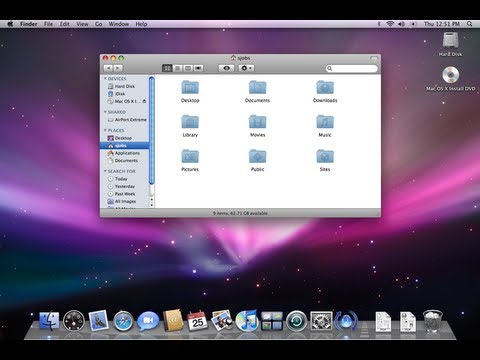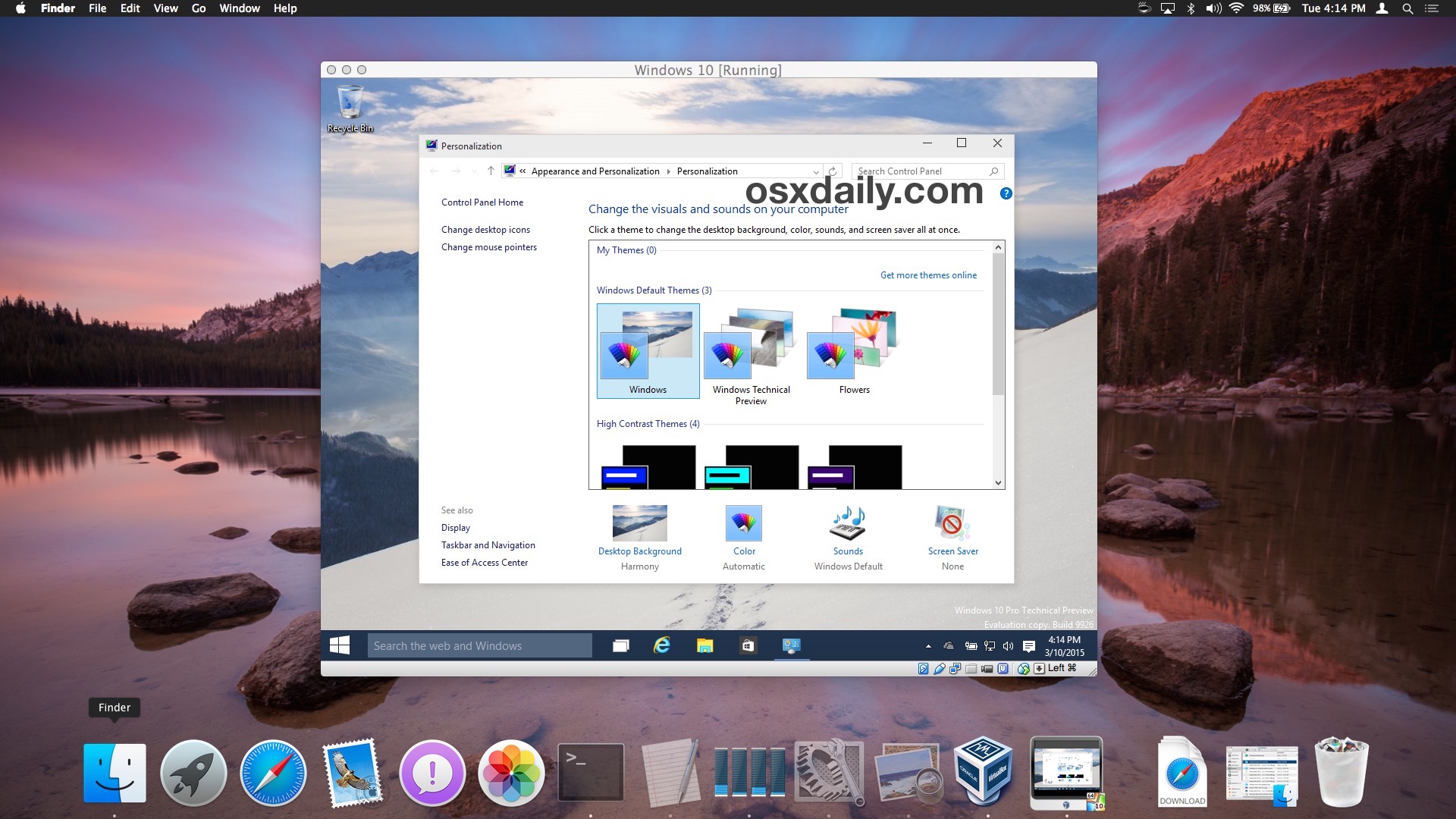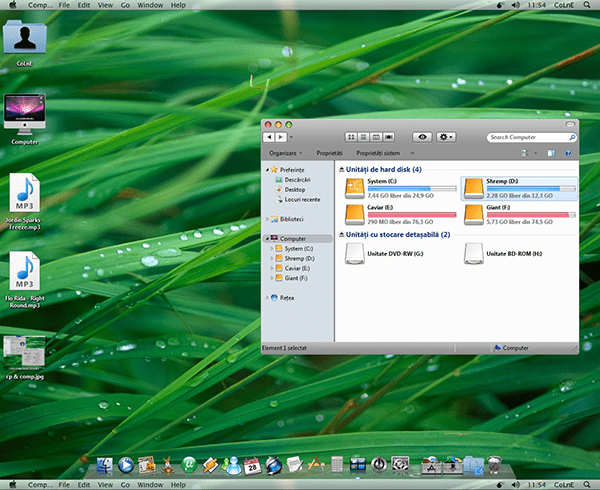

- #Mac os x for windows download for mac
- #Mac os x for windows download mac os x
- #Mac os x for windows download install
- #Mac os x for windows download portable
#Mac os x for windows download mac os x
profile fileĬongratulations, you have a working ImageMagick distribution under Mac OS X and you are ready to use ImageMagick to convert, compose, or edit your images or perhaps you'll want to use one of the Application Program Interfaces for C, C++, Perl, and others. The best way to deal with all the exports is to put them at the end of your. Once that is installed, you will also need to set export DISPLAY=:0. Note, the display program requires the X11 server available on your Mac OS X installation DVD. Set the DYLD_LIBRARY_PATH environment variable:Įxport DYLD_LIBRARY_PATH="$MAGICK_HOME/lib/" Tar xvzf ImageMagick-x86_64-apple-darwin20.1.0.tar.gz
#Mac os x for windows download install
ImageMagick-x86_64-apple-darwin20.1.0.tar.gzĬreate (or choose) a directory to install the package into and change to that directory, for example: librsvg support), you can download the ImageMagick Mac OS X distribution we provide: Homebrew no longer allows configurable builds if you need different compile options (e.g. The brew command downloads and installs ImageMagick with many of its delegate libraries (e.g. ImageMagick depends on Ghostscript fonts.
#Mac os x for windows download for mac
We recommend Homebrew which provides pre-built binaries for Mac (some users prefer MacPorts). LD_LIBRARY_PATH="$$MAGICK_HOME/libįinally, to verify ImageMagick is working properly, type the following on the command line:Ĭongratulations, you have a working ImageMagick distribution under Linux or Linux and you are ready to use ImageMagick to convert, compose, or edit your images or perhaps you'll want to use one of the Application Program Interfaces for C, C++, Perl, and others. On Linux and Solaris machines add $MAGICK_HOME/lib to the LD_LIBRARY_PATH environment variable: If the bin subdirectory of the extracted package is not already in your executable search path, add it to your PATH environment variable.

$ export MAGICK_HOME="$HOME/ImageMagick-7.1.0" Set the MAGICK_HOME environment variable to the path where you extracted the ImageMagick files. Next, extract the contents of the package. Note, if there are missing dependencies, install them from the EPEL repo.įor other systems, create (or choose) a directory to install the package into and change to that directory, for example: Simply type the following command and you're ready to start using ImageMagick: However if it is not working for you, you must install and configure FUSE manually.ĭevelopment, Perl, C++, and documentation RPM's.

Many distributions have a working FUSE setup out-of-the-box.
#Mac os x for windows download portable
Complete portable application on Linux, no installation required.


 0 kommentar(er)
0 kommentar(er)
